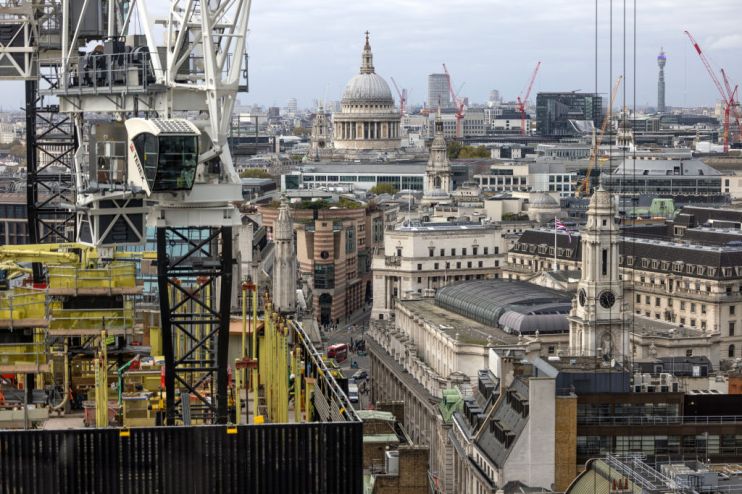Recession, rates and growth: Three things today’s GDP figures tell us about the health of the UK economy

As expected, the UK economy returned to growth in August thanks to a strong performance from the service sector.
Figures from the Office for National Statistics (ONS) showed that the economy grew 0.2 per cent, rebounding from the revised July contraction of 0.6 per cent.
With the Bank of England pausing their interest rate rises, does this mean everything is looking rosy again?
Not exactly…
Recession still on the cards
Despite growing in August, a recession may still be on the cards. The ONS revised down their previous estimate for July, now estimating that the economy actually shrank 0.6 per cent largely due to strikes and wet weather.
This means figures for September, which will be published next month, need to show a 0.2 per cent rise in monthly GDP to prevent a contraction across the third quarter as a whole.
Most economists are not hopeful. Capital Economics and the EY Item Club both think a contraction is more likely in September. Both point to weak survey data for September, which indicates that activity was weaker than in August.
August’s monthly expansion was also driven by the end of strike activity in the health and education sectors rather than underlying momentum in the economy.
However, economists at Pantheon Macroeconomics suggest that GDP will rise “gradually” in the fourth quarter, despite a likely contraction in the third. They pointed out that households’ real disposable income looks set to rise over the coming quarters now that prices are rising “substantially less quickly than wages”.
Higher interest rates are working
Whether the UK economy slips into recession or not, there is no doubt that higher interest rates are working to slow the economy.
Over a short period of time the Bank of England has taken borrowing costs to their highest level since before the financial crisis, and this is dampening activity. Growth in August was marginal and ONS data showed that output in consumer-facing services fell by 0.6 per cent.
Within the sector, the steepest fall in activity came in the amusement and recreation sector, which fell 10.8 per cent.
This suggests that consumers are reining in their spending under the weight of higher interest rates.
As Kitty Ussher, chief economist at the Institute of Directors, said. “Discretionary spending on sports and leisure activities (was) particularly hard hit. This may be because recent interest rate rises are causing households to budget carefully in the face of rising mortgage costs.”
Although the Bank of England decided against hiking rates again in its most recent meeting, the full impact of existing rates hikes has yet to be felt. This means businesses and households will come under further pressure in the months to come, slowing the economy.
“The lagged effect of tighter monetary policy is the main reason why the EY ITEM Club expects growth to continue bumping along the bottom over the next few quarters. The number of households experiencing a significant rise in mortgage payments is growing as past fixed-rate deals are renegotiated,” Martin Beck, chief economic adviser to the EY Item Club said.
Construction and manufacturing are in a rut
Growth in August was driven by the UK’s all important services sector. Activity in other sectors remains far weaker.
Production output – which includes manufacturing – fell 0.7 per cent in August, following a 1.1 per cent fall in July. Construction meanwhile fell 0.5 per cent on the back of a 0.4 per cent drop the month before.
Bad weather was partly to blame for the poor performance in the construction sector, which actually grew 0.9 per cent over the three months to August. But ONS data showed new work falling fast, particularly from private and commercial housing.
Recent survey activity has suggested that activity in both construction and manufacturing remains very weak.
Again, this demonstrates the impact of higher interest rates which have brought the housing market to a near stand-still. As Yael Selfin, chief economist at KPMG UK said: “the construction sector is weakened by subdued outlook for the housing market on the back of tighter financial conditions.”
In other words, a bit of sunshine won’t be enough to lift the construction sector.